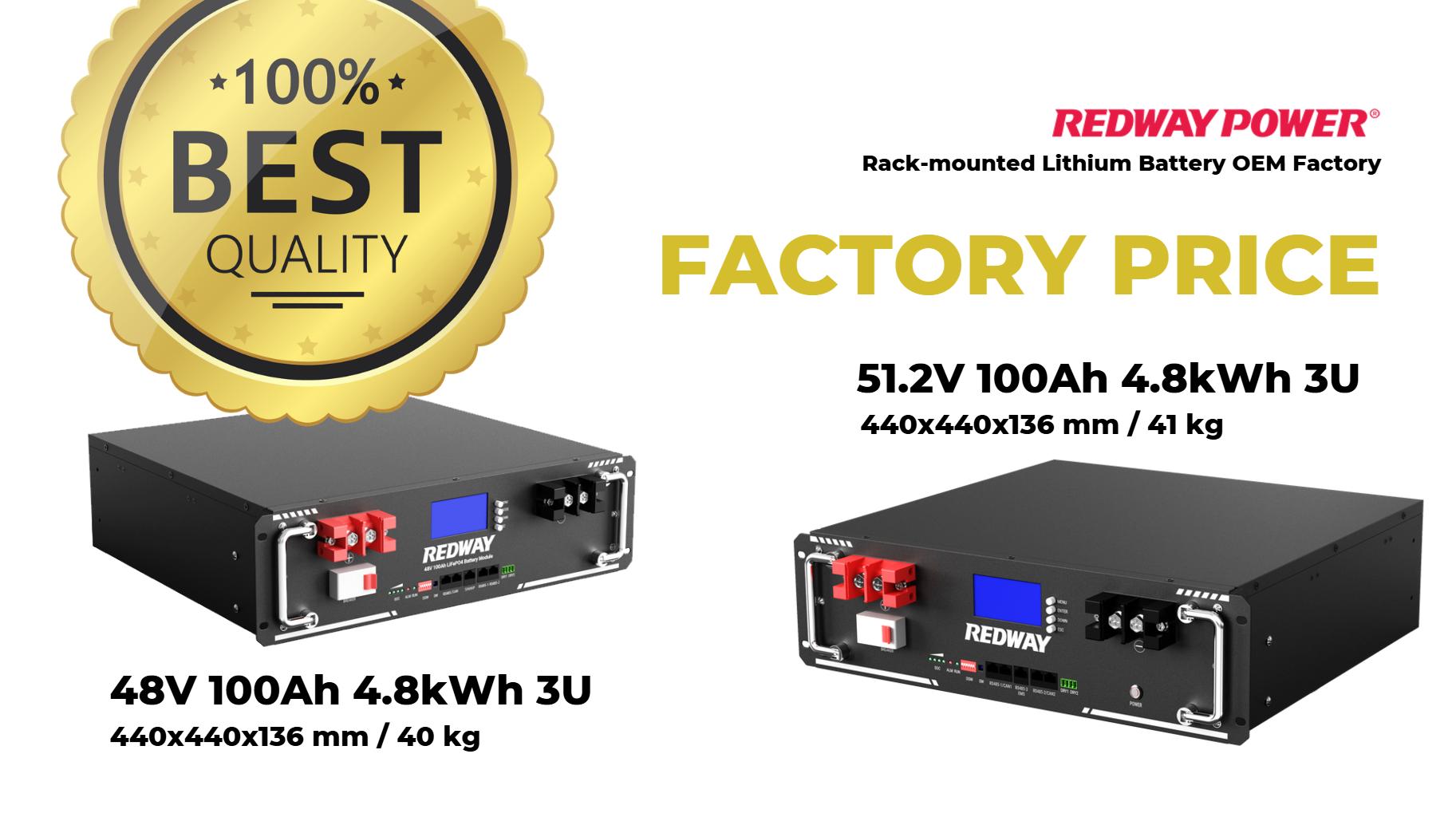Choosing the right LiFePO4 rack mounted battery is essential for ensuring reliable energy storage tailored to your specific needs. To choose the right LiFePO4 rack-mounted battery, consider factors like capacity, safety, and compatibility with your system’s voltage. Evaluate the physical size to ensure it fits your rack and assess scalability for future needs. Additionally, check for monitoring capabilities and the manufacturer’s reputation for reliability.
What Is the Importance of Battery Chemistry in Selection?
Battery chemistry is crucial because it determines safety, cycle life, and performance characteristics. LiFePO4 chemistry offers enhanced thermal stability and longevity compared to other lithium-ion types. Understanding chemistry helps ensure you select a battery that meets your specific application needs while minimizing risks.
Battery Chemistry Comparison Chart:
| Chemistry Type | Safety | Lifespan | Energy Density |
|---|---|---|---|
| LiFePO4 | High | 2000-10,000 cycles | Moderate |
| Lithium-ion | Moderate | 500-2000 cycles | High |
| Lead-acid | Low | 300-500 cycles | Low |
How Do Capacity and Power Rating Influence Your Choice?
Capacity (measured in ampere-hours) indicates how much energy a battery can store, while power rating (in kilowatts) reflects its ability to deliver energy. Choosing a battery with adequate capacity and power rating ensures it can support your load requirements effectively during operation.
Capacity vs Power Rating Chart:
| Metric | Description |
|---|---|
| Capacity (kWh) | Total energy storage available |
| Power Rating (kW) | Maximum output power during peak demand |
What Physical Size and Form Factor Should You Consider?
Consider the physical size and form factor of the battery to ensure it fits within your rack system. Measure available space and account for ventilation needs. Choose a design that allows for easy installation and maintenance while accommodating future expansion if necessary.
Know More:
How Can You Choose the Right LiFePO4 Rack Mounted Battery?
What Factors Should You Consider When Selecting a Rack-Mounted Battery?
How Do SOK and Pylontech Batteries Compare in Performance and Price?
Best Models of LiFePO4 Rack-Mounted Batteries in 2025
How Does Thermal Management Affect Battery Performance?
Thermal management is vital for maintaining optimal battery performance. Effective cooling prevents overheating, which can lead to reduced efficiency and lifespan. Proper thermal design ensures that the battery operates within safe temperature ranges, enhancing reliability and safety during use.
Why Are Safety Features Critical When Choosing a Battery?
Safety features are critical to prevent hazards like thermal runaway or fire. Look for batteries with built-in protection mechanisms such as overcharge, over-discharge, and short-circuit protection. Prioritizing safety helps ensure reliable operation and minimizes risks associated with battery use.
How Can You Assess Your Energy Needs for Battery Selection?
Assess energy needs by calculating total load requirements based on devices you plan to power. Consider both continuous and peak power demands, as well as duration of use. This evaluation helps determine the appropriate capacity and power rating for your selected LiFePO4 battery.
What Are the Environmental Considerations When Choosing a Battery?
Environmental considerations include not only the physical location where the battery will be installed but also factors such as temperature fluctuations, humidity levels, and exposure to corrosive substances that may affect battery lifespan.
How Do Monitoring Features Impact Battery Performance?
Monitoring features provide real-time data on battery health, charge status, and performance metrics, allowing users to make informed decisions about maintenance and operation. Advanced monitoring systems can enhance overall efficiency by optimizing charging cycles based on usage patterns.
Conclusion
Selecting the right LiFePO4 rack mounted battery involves careful consideration of several factors including chemistry, capacity, physical dimensions, thermal management, safety features, energy needs assessment, environmental conditions, and monitoring capabilities. By understanding these elements, users can ensure they choose a battery that meets their specific requirements while maximizing performance and longevity.
Expert Views
“Choosing the right LiFePO4 rack mounted battery is not just about specifications; it’s about understanding how those specifications align with your operational needs,” states an expert from Redway Tech. “By focusing on safety features and monitoring capabilities alongside capacity requirements, you can significantly enhance your system’s reliability.”
FAQ Section
- What are the key factors to consider when selecting a LiFePO4 battery?
Key factors include battery chemistry, capacity and power rating, physical size and form factor, thermal management features, safety considerations, and available monitoring options. - How does capacity impact my choice of battery?
Capacity determines how much energy can be stored; it should align with both current usage patterns and anticipated future demands. - Why is thermal management important for battery performance?
Effective thermal management prevents overheating which can reduce efficiency or lead to failure; it’s crucial for maintaining optimal operating conditions.




